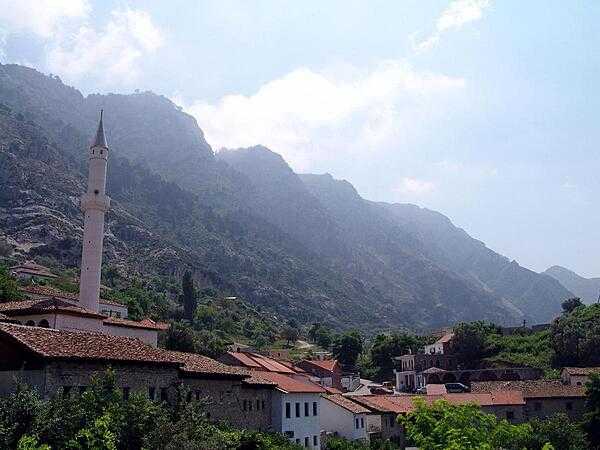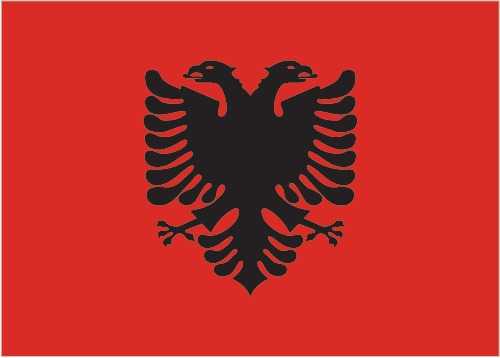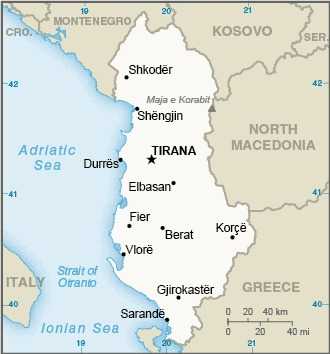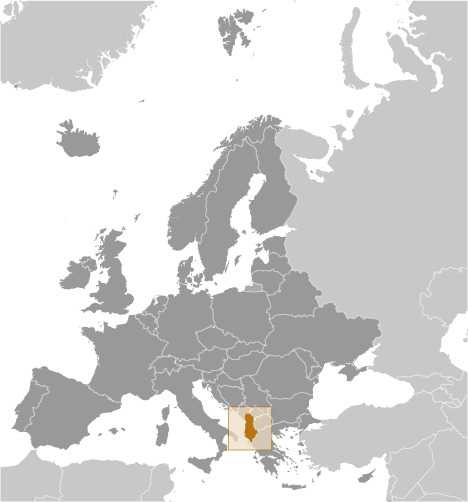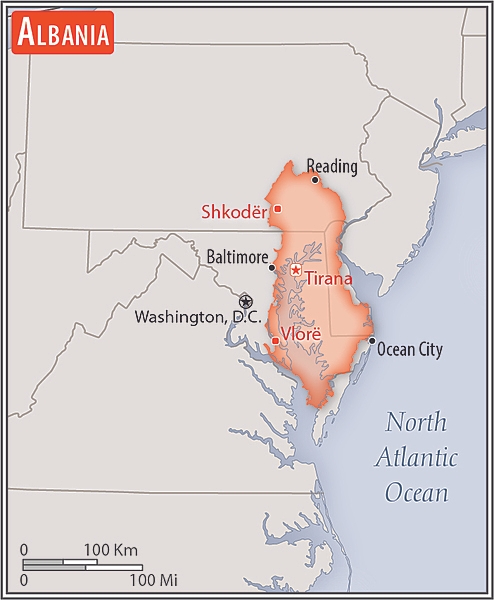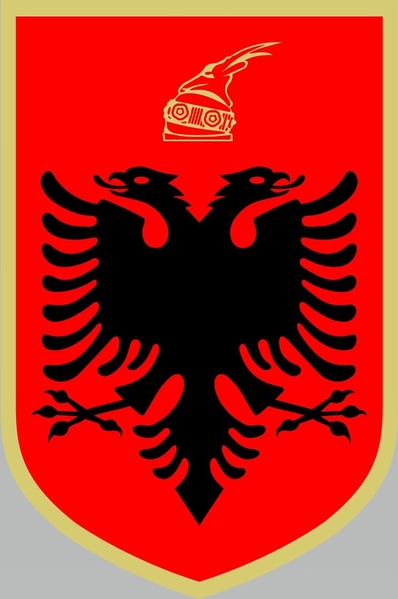Introduction
Visit the Definitions and Notes page to view a description of each topic.
Geography
People and Society
Population
comparison rankings: total 137; male 138; female 137
Median age
comparison ranking: total 91
Population growth rate
comparison ranking: 181
Birth rate
comparison ranking: 141
Death rate
comparison ranking: 103
Net migration rate
comparison ranking: 185
Maternal mortality ratio
comparison ranking: 160
Infant mortality rate
comparison ranking: total 130
Life expectancy at birth
comparison ranking: total population 61
Total fertility rate
comparison ranking: 194
Obesity - adult prevalence rate
comparison ranking: 86
Alcohol consumption per capita
comparison ranking: total 90
Tobacco use
comparison ranking: total 59
Children under the age of 5 years underweight
comparison ranking: 106
Education expenditure
comparison ranking: Education expenditure (% GDP) 155
Environment
Carbon dioxide emissions
comparison ranking: total emissions 146
Government
Economy
Real GDP (purchasing power parity)
comparison ranking: 127
Real GDP growth rate
comparison ranking: 76
Real GDP per capita
comparison ranking: 106
Inflation rate (consumer prices)
comparison ranking: 61
GDP - composition, by sector of origin
comparison rankings: agriculture 54; industry 116; services 153
Industrial production growth rate
comparison ranking: 140
Labor force
comparison ranking: 138
Unemployment rate
comparison ranking: 150
Youth unemployment rate (ages 15-24)
comparison ranking: total 34
Gini Index coefficient - distribution of family income
comparison ranking: 125
Public debt
comparison ranking: 38
Taxes and other revenues
comparison ranking: 68
Current account balance
comparison ranking: 114
Reserves of foreign exchange and gold
comparison ranking: 89
Debt - external
comparison ranking: 71
Energy
Electricity
comparison rankings: installed generating capacity 111; consumption 116; exports 56; imports 68; transmission/distribution losses 111
Energy consumption per capita
comparison ranking: 120
Communications
Telephones - fixed lines
comparison ranking: total subscriptions 122
Telephones - mobile cellular
comparison ranking: total subscriptions 145
Broadband - fixed subscriptions
comparison ranking: total 89
Transportation
Merchant marine
comparison ranking: total 110
